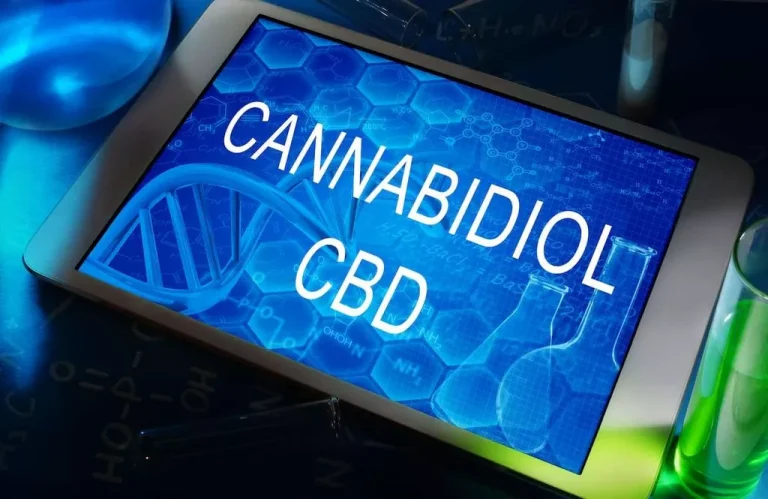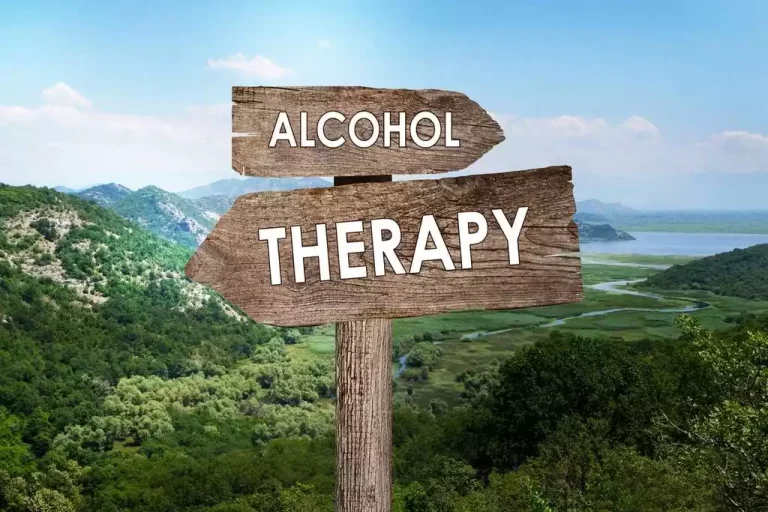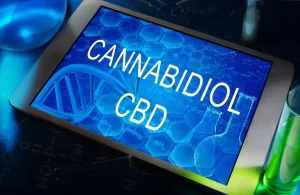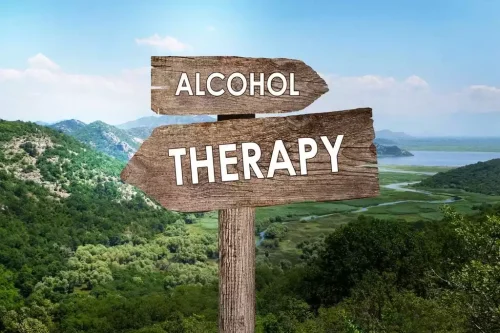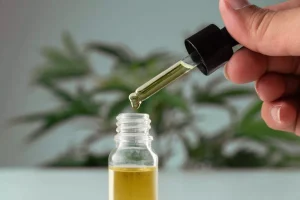Alcohol Withdrawal Seizures Timeline, Treatment, Symptoms Delphi

So, as the alcohol’s depressant effects fade, the first symptoms you will experience will feel like your body has sped up into overdrive. It’s common to feel some alcohol withdrawal seizure nausea, tremors, anxiety, and trouble sleeping during this early time frame. As the current intoxication level is important information with potential treatment consequences, blood alcohol concentration should be measured in patients with suspected alcohol-related seizures (64).
In the First 8 Hours
Detox alone may help you achieve sobriety, but that sobriety may be short-lived. Alcohol withdrawal can last for five to 10 days, but alcohol cravings and compulsions to use may continue for a long time. Even if you are no longer dependent on alcohol, you may have a compulsion to drink that’s hard to control. If you seek treatment for an alcohol use disorder, you will likely begin with a medical assessment. If you’re dependent on alcohol, you may need to go through a tapering period with the help of a doctor.

Can delirium tremens be prevented?
Alice is a board-certified Family Nurse Practitioner and Addiction Registered Nurse – Advanced Practice. With a background in communications and gender studies from Tulane University, Alice transitioned to nursing shortly after Hurricane Katrina, driven by a desire to make a meaningful impact in healthcare in her community. She earned her Bachelor of Science in Nursing from the University of Louisiana at Lafayette and her Master of Science in Nursing from Loyola University New Orleans. Alice currently serves as a regional medical leader at Eleanor Health and enjoys being a part of a dynamic team that provides compassionate, accessible, and equitable care. Recovery from alcohol use disorder is a journey that is best undertaken with the support of a caring and understanding community. Seeking out and embracing the support of loved ones, peers in recovery, and professional addiction treatment providers can significantly enhance the chances of long-term success.
- High initial doses may be necessary, but treatment should be discontinued within a week.
- The relationship between alcohol and seizures was first mentioned by Hippocrates (39), as well as by the Romans, who even put a name to it, morbus convivialis, or “disorder related to partying” (35).
- The patient was discharged but returned 6 hours later because of two further tonic-clonic seizures that occurred 20 minutes apart.
- The patient was seen to have a tonic-clonic seizure lasting 3 minutes with lateral tongue trauma after which he was confused and sleepy.
What causes alcohol withdrawal seizures?

GABA is a neurotransmitter responsible for slowing down activity in your brain so you can sleep, relax, and release stress. When you need to recover and relax, your body will go into a rest-and-digest state. If you or someone you know is having thoughts of suicide, a prevention hotline can help. The 988 Suicide and Crisis Lifeline is available 24 hours a day at 988.

- The earlier a person gets treatment for DTs, the better the odds of survival and a positive outcome.
- When the seizure begins during the aura stage, it may be called a partial seizure or a simple focal seizure.
- Unstable vital signs increase the risk of complications and can be managed with medications.
- In addition, perform a neurologic examination to determine possible etiology (79).
- When the neurotransmitters are no longer suppressed, but are used to working harder to overcome the suppression, they go into a state of overexcitement.
It also provides an overview of the alcohol withdrawal timeline process and when to discuss your drinking with your healthcare provider. Symptoms outside of the anticipated withdrawal period or resumption of alcohol use also warrants referral to an addiction specialist or inpatient treatment program. There are certain factors that may increase the risk of acute withdrawal symptoms like seizures and DTs. If any of these factors apply to you, consult with a doctor or go to the emergency room before you stop drinking. Withdrawal occurs when a person drinks large quantities of alcohol for a period of time and then suddenly stops or reduces their intake.


